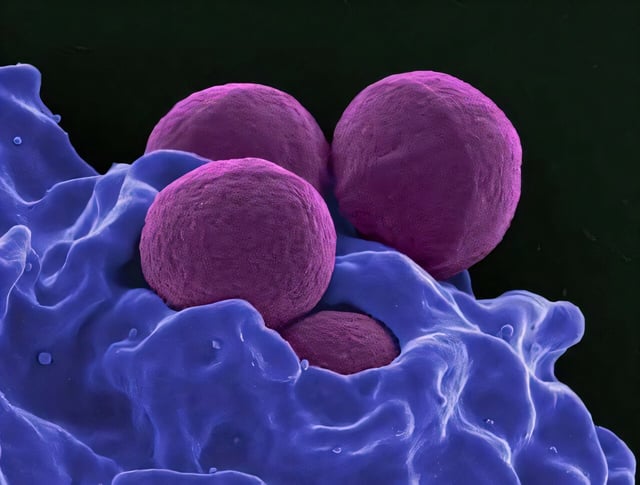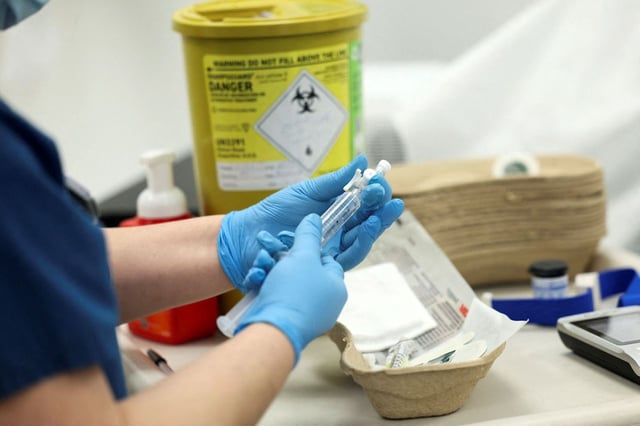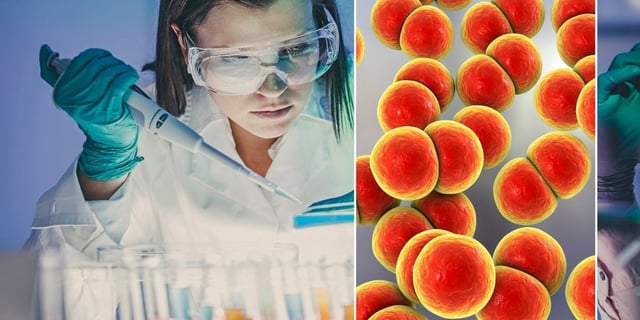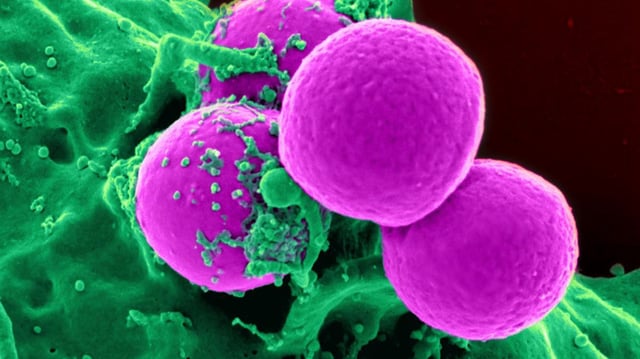Overview
- MIT researchers used two generative AI pipelines (CReM and F-VAE) to produce and computationally screen over 36 million novel compounds against drug-resistant Neisseria gonorrhoeae and MRSA.
- Successive computational filters and vendor synthesis trials narrowed candidates to NG1 and DN1, both of which cleared infections in vitro and in mouse models.
- Mechanistic studies indicate NG1 targets the LptA protein to disrupt N. gonorrhoeae outer membrane synthesis, while DN1 exerts broad membrane-disrupting effects against MRSA.
- Phare Bio has begun medicinal chemistry optimization and preclinical advancement of the AI-designed leads to improve pharmacological properties and manufacturability.
- Experts warn that the low synthesizability of many AI designs, extensive safety testing requirements and uncertain commercial models mean clinical availability remains years away.



